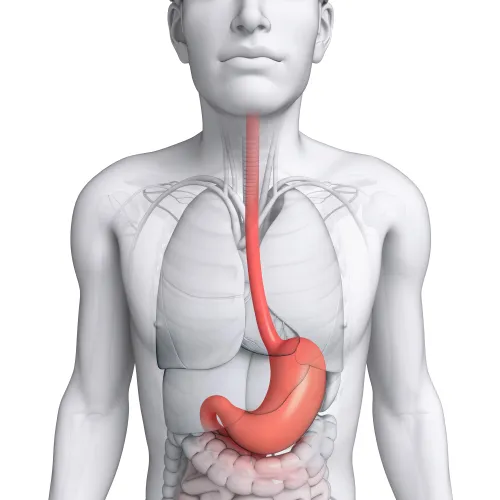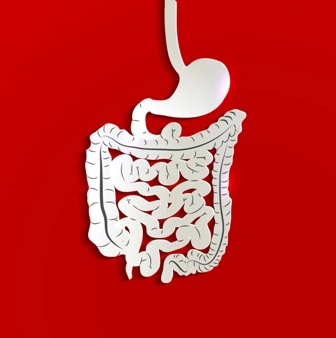Gastroenterology Coding Alert
Condition Coding:
Understand Coverage Criteria to Confidently Code Fecal Microbiota Transplants
Published on Mon May 23, 2022

You’ve reached your limit of free articles. Already a subscriber? Log in.
Not a subscriber? Subscribe today to continue reading this article. Plus, you’ll get:
- Simple explanations of current healthcare regulations and payer programs
- Real-world reporting scenarios solved by our expert coders
- Industry news, such as MAC and RAC activities, the OIG Work Plan, and CERT reports
- Instant access to every article ever published in Revenue Cycle Insider
- 6 annual AAPC-approved CEUs
- The latest updates for CPT®, ICD-10-CM, HCPCS Level II, NCCI edits, modifiers, compliance, technology, practice management, and more
Related Articles
Other Articles in this issue of
Gastroenterology Coding Alert
- Condition Coding:
Understand Coverage Criteria to Confidently Code Fecal Microbiota Transplants
And learn how and when to use an ABN. How to properly report fecal microbiota [...] - E/M Coding:
Follow 5 Simple Steps, Benchmark Your Way to Precise GI Coding
Where do your gastroenterologists stand when it comes to national trends? Every GI practice has [...] - Clip & Save:
Check This Breakdown of Which Codes Gastroenterologists Are Reporting Nationwide
Then, compare your coding trends to those of other GI providers. Once you evaluate your [...] - You Be the Coder:
Follow This Guidance to Avoid Colonoscopy Denials
Question: A patient under the age of 45 came in for a colonoscopy due to a [...] - Reader Questions:
Tackle This Gastrostomy Closure Coding Conundrum
Question: Is there a specific CPT® code for closure of an old G-tube site? The notes [...] - Reader Questions:
Confidently Report Counseling Codes in Conjunction with E/M
Question: Can a GI specialist bill for alcohol abuse and intervention in addition to an E/M [...] - Reader Questions:
Know When Not to Code Dilation with Esophagoscopy
Question: Is 43214 the most appropriate dilation code to pair with 43212? The doctor performed the [...]
View All




